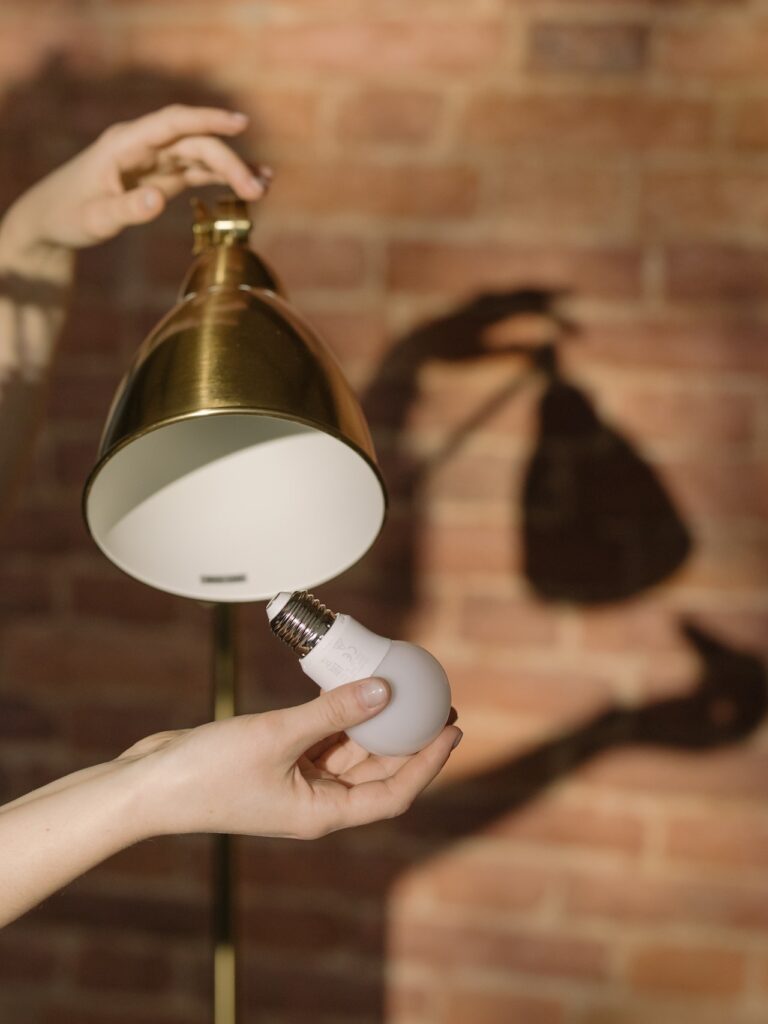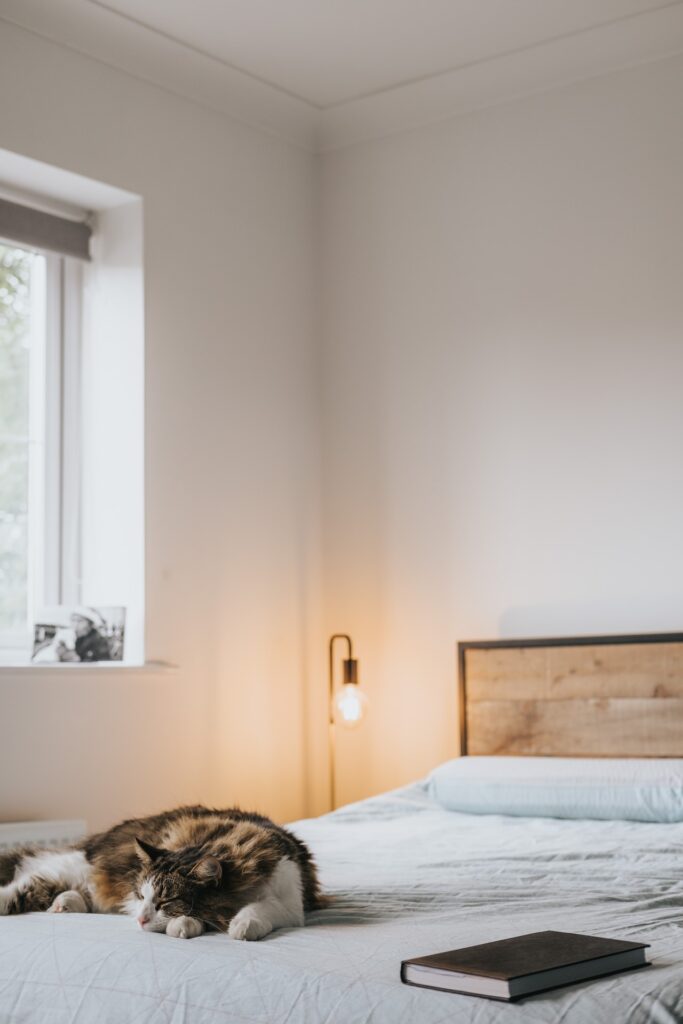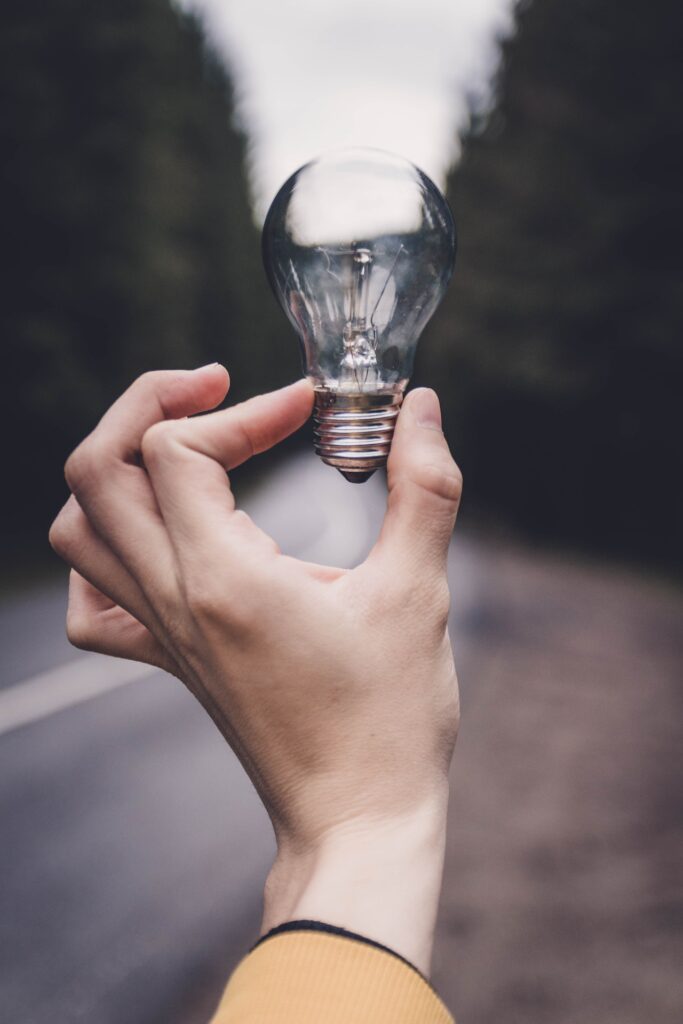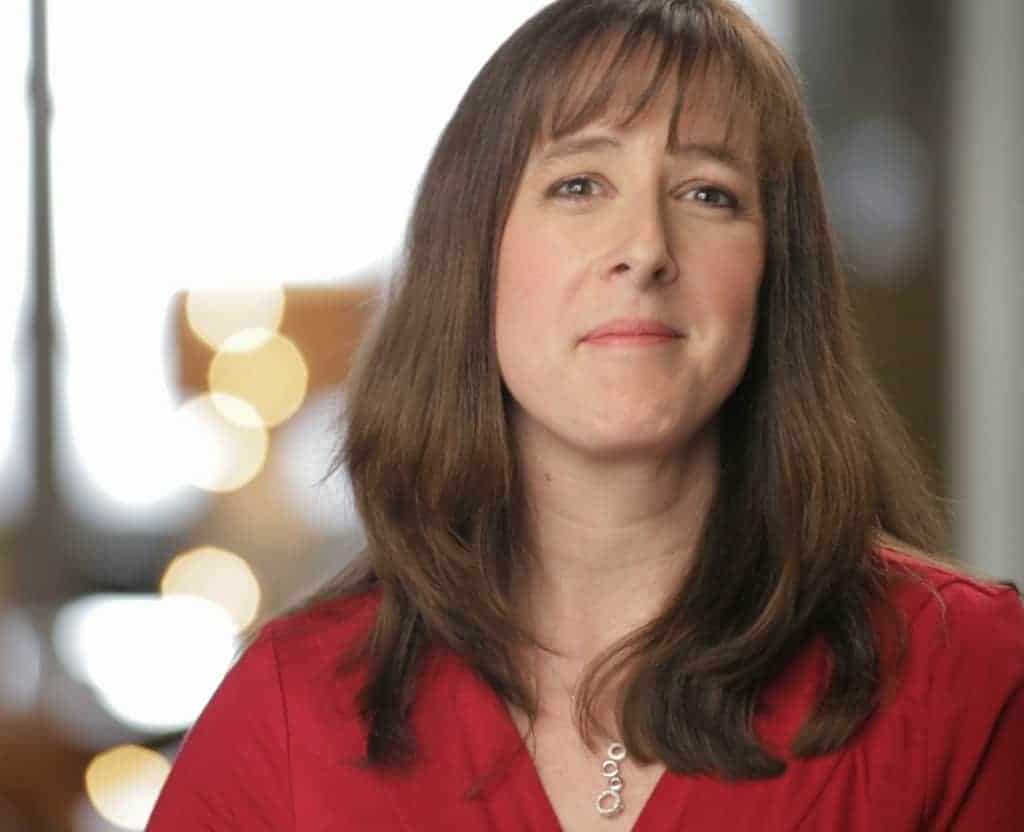You may have heard already, but beginning this year, lighting efficiency standards have improved and homeowners will need to look beyond traditional incandescent light bulbs for their homes’ lighting needs. As you begin to make this switch, it’s important to understand what these new options are and why this change will benefit you.
Take, for example, Compact Fluorescent Light bulbs or CFLs, which now have the ability to do everything a traditional incandescent bulb can do and also come in styles that look similar for easier transitions around your home.
Also, CFL’s are available in many colors including soft white, cool white, and daylight. CFLs can be used in any light fixture (including three-way fixtures), many have the ability to be dimmed and can also be used outdoors.
However, one of the main deterrents for consumers is the cost. A four-pack of traditional incandescent light bulbs costs around $2.49, while one good quality CFL (not all are made the same) is $3.99-$4.99. What’s important to remember though is the energy savings that come along with this higher price point.
Posts feature partner companies & may be sponsored. Post contains affiliate links & I will be compensated if you make a purchase after clicking on links. As an Amazon Associate I earn from qualifying purchases.

Savings
The average home uses approximately 50 light bulbs at a time. If all of them were 100-watt bulbs and were on at the same time, you would consume 5,000 watts of energy per hour.
Now, if you changed those same 50 light bulbs to the equivalent CFL bulbs, each consuming 26 watts, your total energy used would be 1,300 watts per hour. And that’s only the beginning of your savings.
The CFL bulbs can last up to 8,000 hours whereas traditional bulbs last about 1,000 hours, so you might pay more upfront for a CFL bulb, but within approximately one year, the extra costs pay for themselves. Not only that, but you will continue to reap savings since you won’t need to replace these bulbs for years!
Another option is the LED (light emitting diode) bulb, which will save you even more energy but at a higher retail price. LED bulbs use only 2-17 watts of electricity, ultimately saving money on replacement costs since they will last so long.
My prediction is that in the next 5-7 years the cost for LEDs will come down and eventually begin to replace CFL bulbs.
A third alternative is energy-efficient halogen light bulbs. These bulbs perform and look most like the traditional incandescent bulb but are 25% more efficient. Many consumers are unaware that these bulbs are a great energy-efficient alternative.
Due to their traditional look and lower price point, they will most likely become a popular choice among homeowners making the switch.

✯Don’t want to miss the next post?✯
Follow Turning the Clock Back on Facebook | Twitter | Pinterest
Or join the private Facebook group for simple tips on going green!
Lumens vs. Watts
Regardless of which type of bulb you decide to use, you now need to focus on the lumens rather than the watts when it comes to the amount of light these bulbs will emit. The new labeling will begin to appear on light bulb packaging to give you a comparison between energy-efficient bulbs and traditional incandescent bulbs.

Disposal
If you’ve been keeping up with the new lighting efficiency standards, you may have heard that there has been some concern about the disposal of these energy-efficient bulbs. According to Energy Star®, the EPA recommends that consumers take advantage of local recycling options for CFLs.
They also note, that if your state or local environmental regulatory agency permits you to put used or broken CFLs in the garbage, seal the bulb in two plastic bags and put it into the outside trash. Never send a CFL or any other product containing mercury to an incinerator.
As you venture into new and different lighting technologies, Ace Hardware is here to help light the way. With over 4,500 retail stores across the country, Ace offers a full selection of new lighting options and helpful associates to guide you to the right bulbs.
If you have enjoyed this post about energy-efficient lighting, check out my post on how to turn a regular lamp into a three-way lamp and have more fun with home DIY upgrades! And for more information on the new energy standards, check out The Department of Energy.
My thanks to Lou Manfredini, Ace Hardware’s Home Expert for providing us with these lighting efficiency standards!

Diane is a professional blogger and nationally certified pharmacy technician at Good Pill Pharmacy. She earned her BS in Microbiology at the University of New Hampshire and has worked in cancer research, academics, and biotechnology. Concern over the growing incidence of human disease and the birth of her children led her to begin living a more natural life. She quickly realized that the information she was learning along the way could be beneficial to many others and started blogging and freelance writing to share this knowledge with others. Learn more about her HERE.

That’s some great info! We still have some “old” lightbulbs and one of the reasons why is because they don’t make you look as awful! HA! The new ones (that I have purchased) seem to be more fluorescent. Do you know if that is true? However, regardless of how the light looks, we have been switching over slowly but surely.
We switched all our bulbs to CFL’s quite a while ago. It really does make a difference on your electric bill.
I’d love to see the prices come down on LED bulbs – we got LED Christmas lights this year and really liked them!
Wow, you really would save a lot more with the CFL bulbs. They sound like they would be worth the extra 2-3 bucks.
I have switched half of our house to CFL bulbs and they do last longer.
I need to switch ours out but I haven’t yet. I hoarded a ton of “old fashion bulbs” and once they run out and you can’t buy them anymore I’ll have to switch then. LOL. I like the old bulbs better but I know I’ll eventually have to change them out. Good post, lots of useful info. Thanks for sharing.
We made the switch several years ago and I agree, they do last longer and I don’t notice any difference
We have some CFL bulbs and I’m not a fan of the look. I do like the look of a traditional bulb.